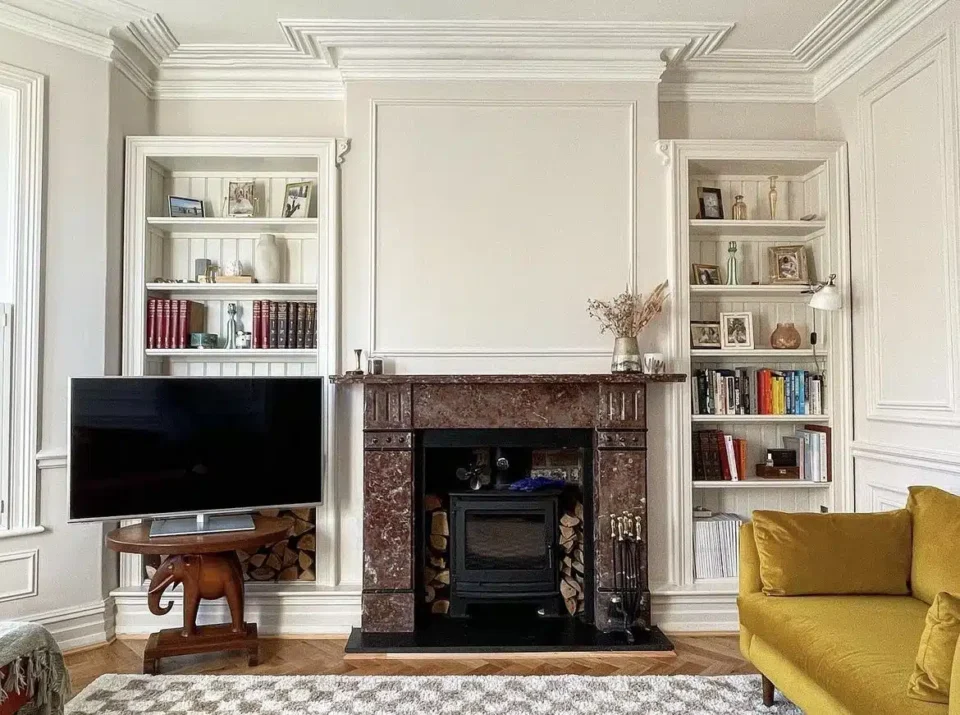https://chimneybreastremoval.uk/ Chimneys, though often overlooked, play a crucial role in maintaining a safe and functional home environment. However, an unusual and perplexing issue that has been on the rise is the removal of breasts from chimneys. In this article, we delve into the causes, impacts, preventive measures, and the broader implications of breast removal incidents. Let’s explore how homeowners can address this issue and ensure the safety of their chimneys.
Table of Contents
I. Introduction
Definition of Breast Removal from Chimney
Breast removal from chimneys refers to the bizarre occurrence where various objects, often wildlife or debris, get lodged in chimneys, resembling the removal of breasts. This peculiar phenomenon poses risks to chimney functionality, structural integrity, and even homeowner safety.
Importance of Addressing the Issue
While seemingly comical, breast removal incidents can have serious consequences. Understanding the causes and taking preventive measures is crucial to maintain chimney efficiency and ensure the safety of your home.
II. Causes of Breast Removal from Chimney
Accidental Occurrences
In many cases, breast removal incidents are accidental, with objects such as tree branches, leaves, or even discarded items finding their way into chimneys. Homeowners often discover these objects during routine inspections.
Wildlife Interference
Wildlife, particularly birds and small mammals, may inadvertently create breast-like blockages in chimneys while building nests or seeking refuge. This not only obstructs airflow but also poses a threat of fire hazards.
Environmental Factors
Extreme weather conditions, such as heavy storms or high winds, can contribute to breast removal incidents. Debris carried by the wind can enter chimneys, causing blockages and compromising their functionality.
III. The Impact on Chimney Functionality
Restricted Airflow
Objects obstructing chimneys can impede the smooth flow of air and gases. This restriction not only affects the efficiency of heating systems but also increases the risk of carbon monoxide buildup.
Potential Structural Damage
Prolonged breast removal incidents can lead to structural damage to chimneys. The weight and pressure of lodged objects may cause cracks, weakening the overall integrity of the chimney.
Fire Hazards
Blockages in chimneys can result in the accumulation of flammable materials, creating a potential fire hazard. The risk is heightened when debris or wildlife nests are close to the fireplace.
IV. Preventive Measures
Regular Chimney Inspections
Frequent inspections by homeowners or certified chimney sweeps can identify potential issues before they escalate. Early detection allows for timely intervention and ensures the proper functioning of the chimney.
Installing Protective Measures
Installing chimney caps or screens can act as barriers, preventing wildlife and debris from entering the chimney. These protective measures are simple yet effective in mitigating breast removal incidents.
Proper Waste Disposal
Homeowners should dispose of waste and debris responsibly to minimize the risk of accidental breast removal incidents. Proper waste management contributes to a cleaner environment and reduces the chances of chimney blockages.
V. Professional Services for Breast Removal
Hiring Certified Chimney Sweeps
In cases where blockages are severe or difficult to access, hiring certified chimney sweeps is advisable. These professionals have the expertise and tools to safely remove lodged objects without causing further damage.
Wildlife Removal Experts
Wildlife removal specialists can address breast removal incidents involving animals. They safely remove nests, animals, or debris, ensuring the chimney is free from blockages.
Environmental Cleanup Specialists
For breast removal incidents involving environmental factors, such as storms or heavy winds, environmental cleanup specialists can assess and restore chimneys to their optimal condition.
VI. DIY Solutions and Safety Tips
Safe Removal Techniques
Homeowners can use DIY methods for minor blockages, such as using a chimney brush or vacuum to remove debris. However, caution is advised, and protective gear should be worn to ensure safety.
Protective Gear for Homeowners
When attempting DIY solutions, homeowners should wear appropriate protective gear, including gloves and safety goggles, to minimize the risk of injury. Safety should always be a priority.
When to Seek Professional Help
If breast removal incidents are beyond the scope of DIY solutions or if there are concerns about structural damage, homeowners should seek professional assistance promptly.
VII. Case Studies
Real-life Instances of Breast Removal from Chimneys
Exploring actual cases of breast removal incidents provides insights into the diversity and complexity of these occurrences. Case studies offer valuable lessons and highlight the importance of proactive chimney maintenance.
Lessons Learned and Preventive Measures Taken
Examining the outcomes of breast removal incidents and the subsequent preventive measures taken by homeowners emphasizes the need for awareness and preparedness.
VIII. Environmental Impact
Disposal Considerations
Proper disposal of removed objects is essential to minimize environmental impact. Responsible disposal methods contribute to environmental conservation and sustainability.
Ecological Repercussions
Understanding the ecological repercussions of breast removal incidents sheds light on the broader environmental consequences.

